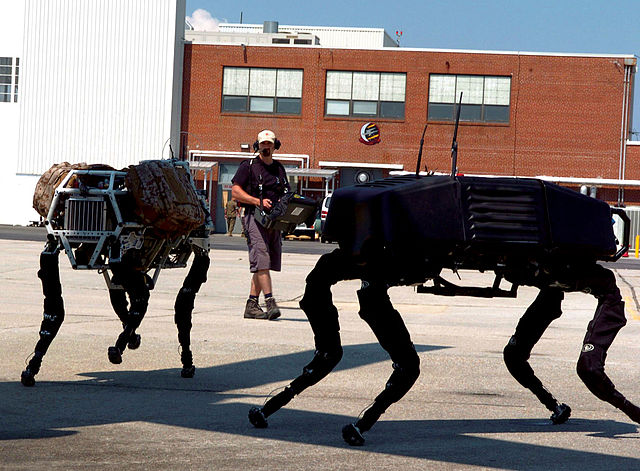
Robot reindeer for the original Christmas wishes by Boston Dynamics
Boston Dynamics, a robotics company purchased almost exactly two years ago by Google, published a really special video of Christmas greetings. In the company’s interpretation, a woman Santa Claus is the less weird element because she’s driving a sleigh pulled by robot reindeer. This is obviously one of the Boston Dynamics models, specifically the BigDog.




